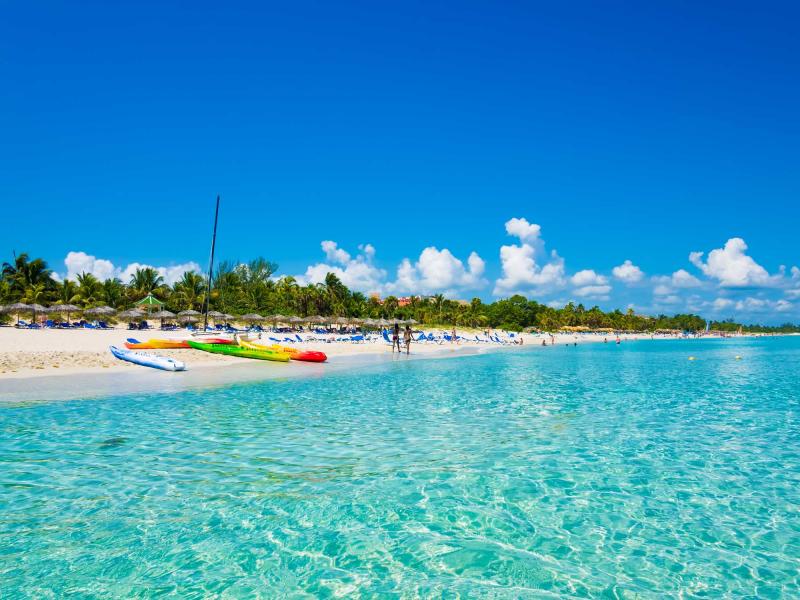 Cuba is widely known for its unique historic growth and also phenomenal biodiversity. The country and its island chains are residence to thousands of animal and also plant types. A number of the types are native, hence making Cuba among one of the most environmentally diverse countries and an optimal destination for eco-tourists and organic scientists. This stunning island nation is honored with priceless jewels of nature. The tourist stoppage, downfall of Soviet Union and also the American profession have actually made arbitrary contributions towards Cuban wildlife.
Cuba is widely known for its unique historic growth and also phenomenal biodiversity. The country and its island chains are residence to thousands of animal and also plant types. A number of the types are native, hence making Cuba among one of the most environmentally diverse countries and an optimal destination for eco-tourists and organic scientists. This stunning island nation is honored with priceless jewels of nature. The tourist stoppage, downfall of Soviet Union and also the American profession have actually made arbitrary contributions towards Cuban wildlife.
Variables like its family member land seclusion and the reduced populace thickness of the country have actually assisted the country in keeping high endemism with reduced degrees of ecological devastation. New pets, plants, and also conditions included Spanish manifest destiny. With the passing away of time, one-of-a-kind Cuban species came to be extinct such as selections of monkeys, sloths and other pets. The involvement of capitol from international markets aided the advancement and also expansion of Cuban sector and also commercialism and also remained to adversely influence the Cuban wild animal’s populations. Goods like sugar and tobacco made Cuba one of the major agricultural merchants. Individuals started ruining woodland to fulfill the export demands of these products. Cubans competed with wildlife for land and hefty industrial development polluted the Cuban land, water and air.
The Transformation in Best Cuba Travel Places set the country on a course that divided it from other nations. The Transformation brought to life plans that influenced woodlands, farming, sector, and also water however like many states, its modest ecological ventures bore combined results. Soon, the nation started focusing a lot more on agriculture than hefty industry, which sustained Cuban wild animals greater than any kind of ecological plan. Today, Cuba’s prize of all-natural tourist attractions comes coupled with meticulous conservation methods which have transformed Cuba into the most effective ecotourism spot in the Caribbean. The nation homes greater than 263 safeguarded locations stretched over 22percent of its land area. This includes UNESCO biospheres varying from the lavish green jungles of Guantánamo Del Toa to the seaside scrublands in Pinar Del Río Peninsula. The widely spread out and carefully safeguarded land offers sanctuary to greater than 350 bird varieties together with many endangered types including ivory-billed woodpecker, Cuban crocodile and jute.